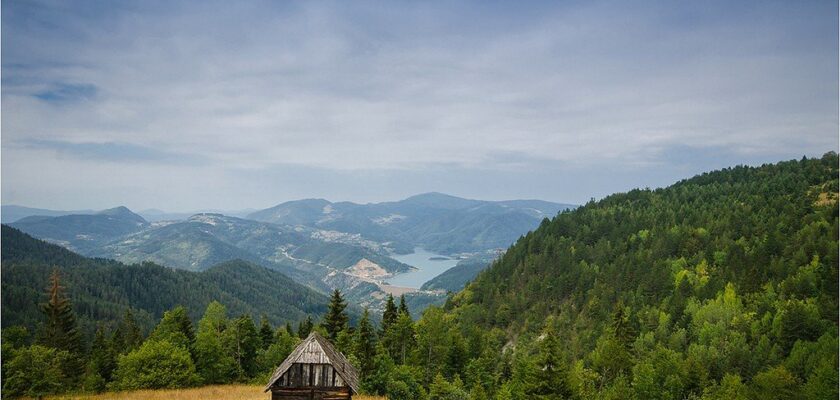Tara National Park
Tara National Park is a mountainous and forested nature reserve located in the west of Serbia, in the most elevated part of the Tara massif. Deep picturesque canyons and gorges, ancient caves, clear mountain rivers and mysterious medieval fortresses attract many tourists to this corner of Serbia. Due to the heterogeneous relief, nutritious soils and humid climate, the reserve has a variety of forest ecosystems, where many relict species and endemic plants have been formed. By the high level of conservation and diversity local forests are considered to be among the richest forests in Europe.
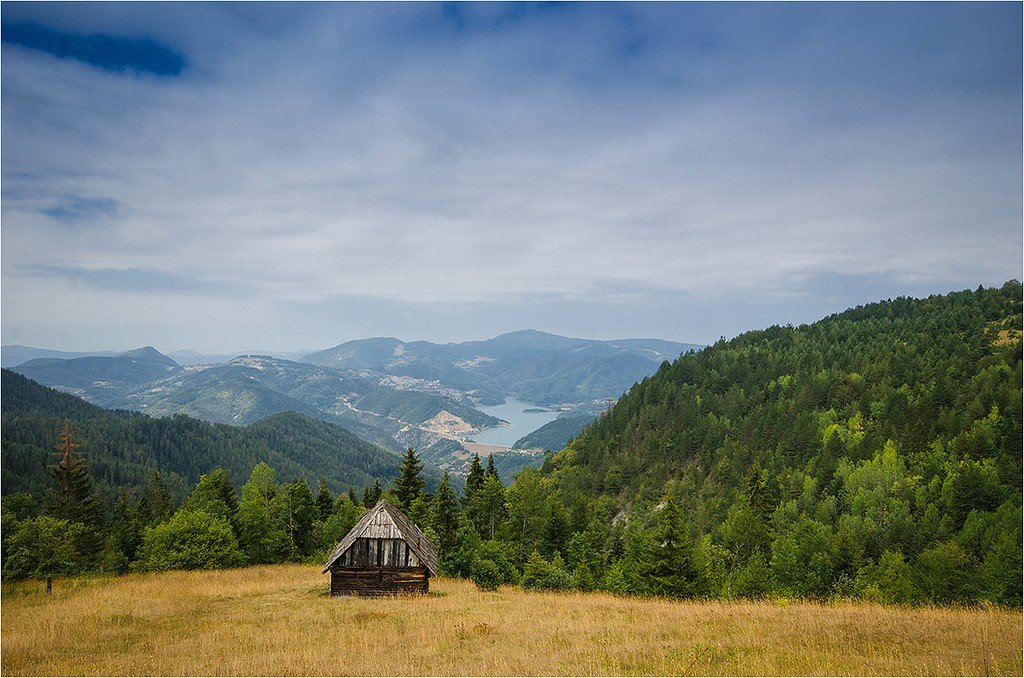
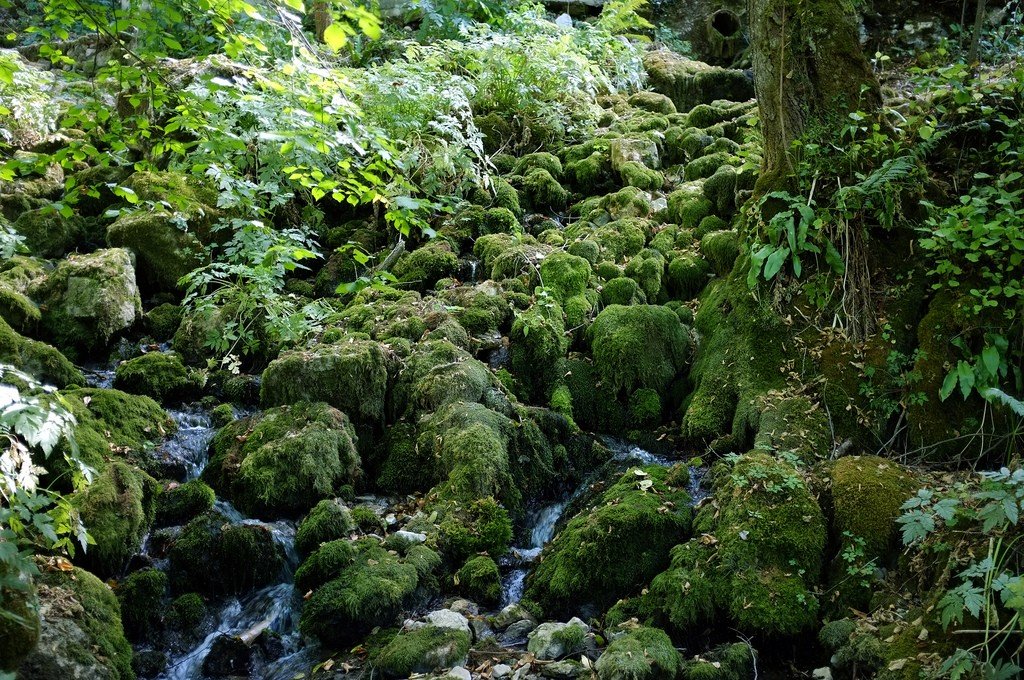
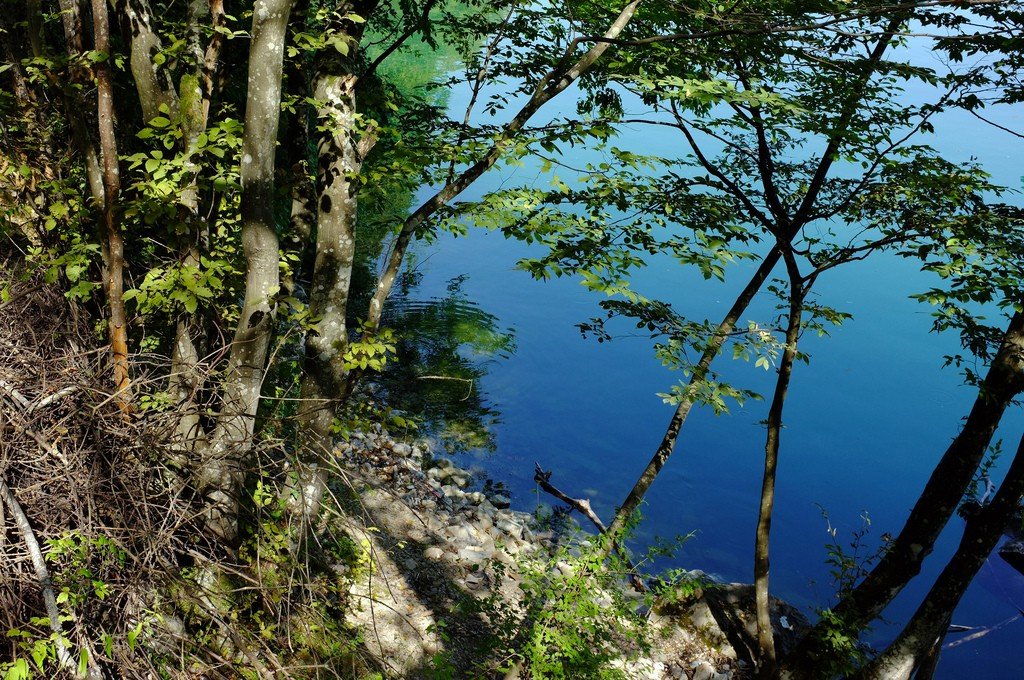
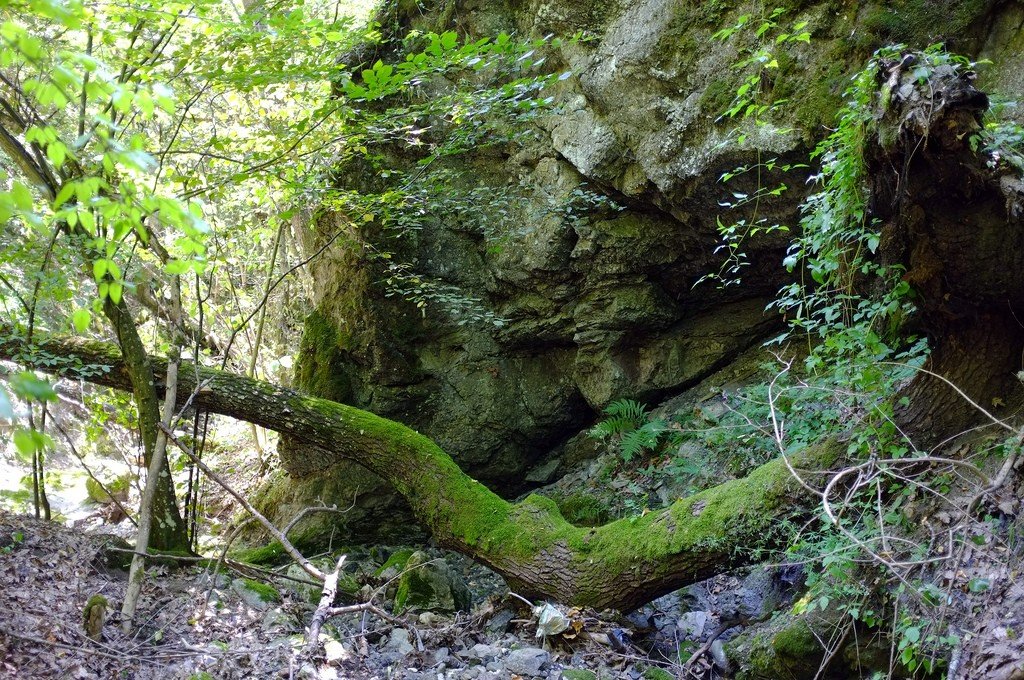
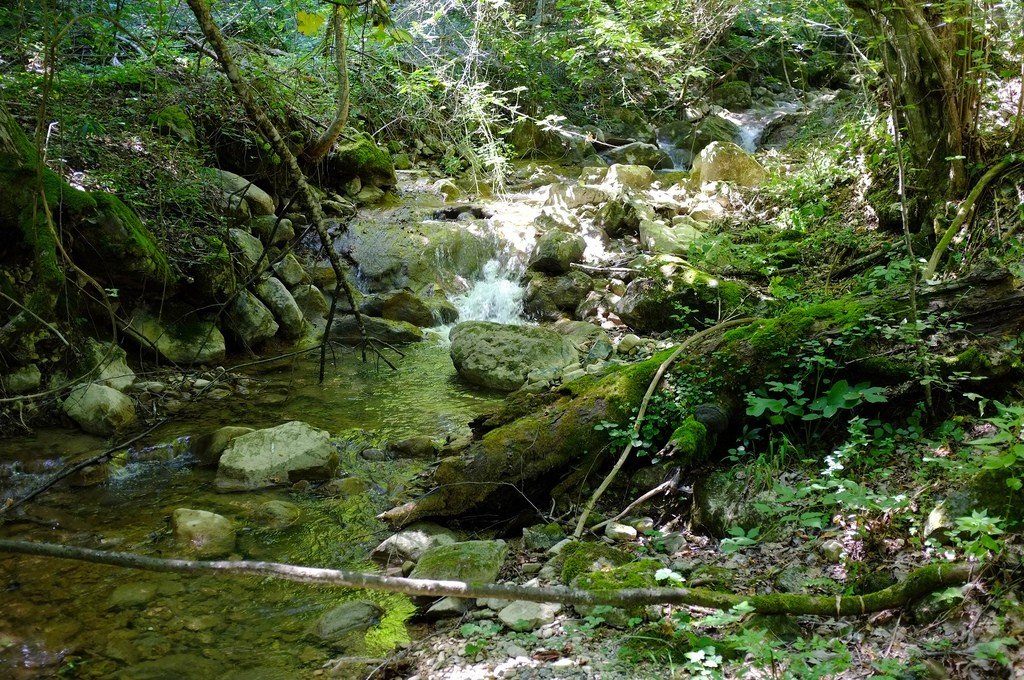
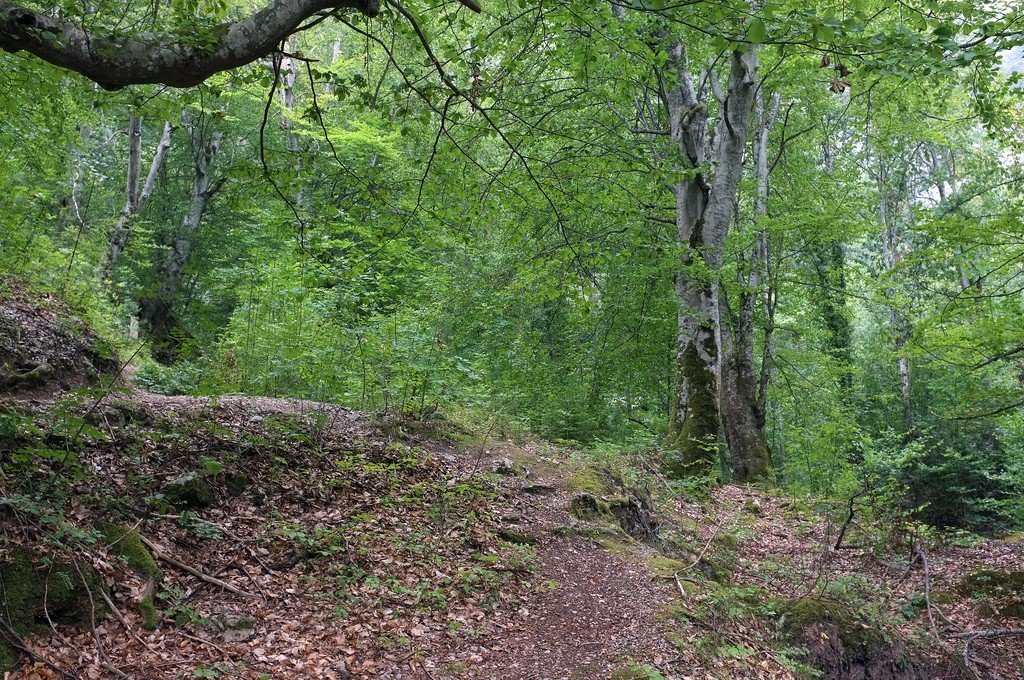
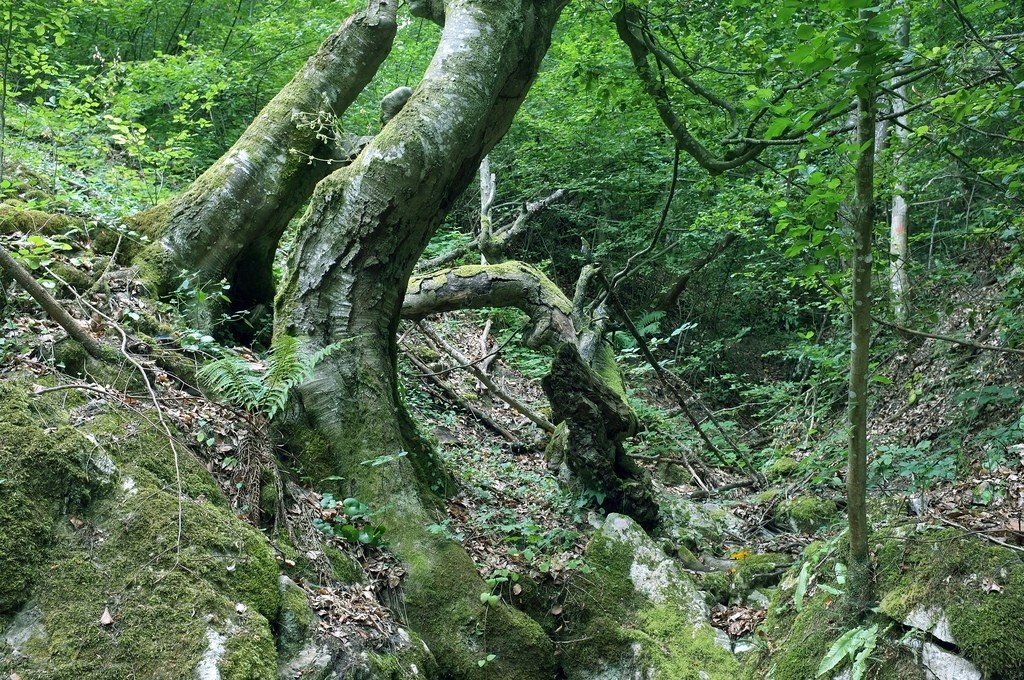
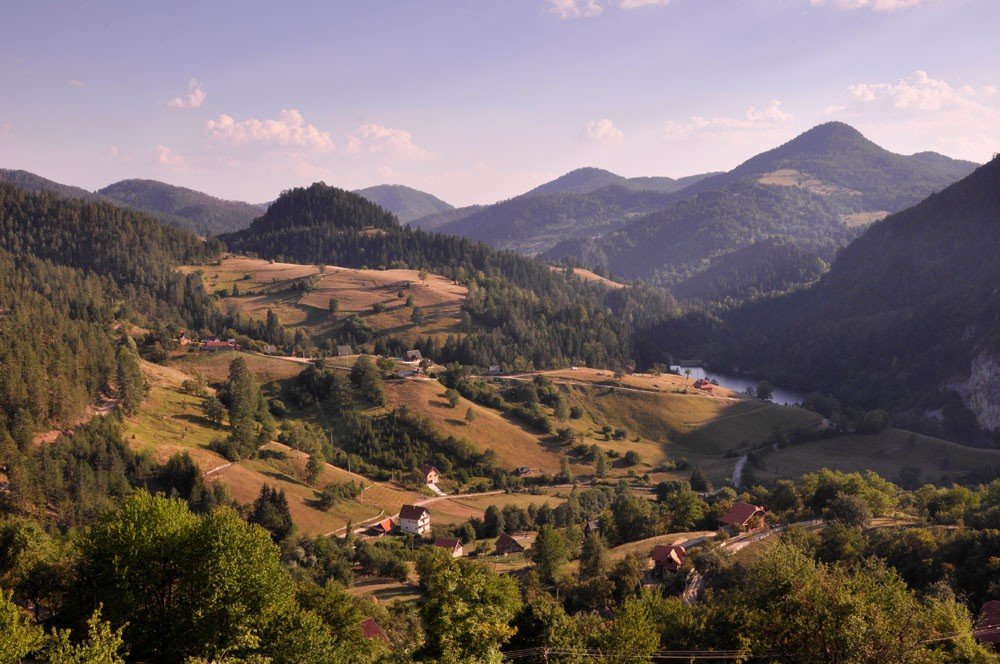
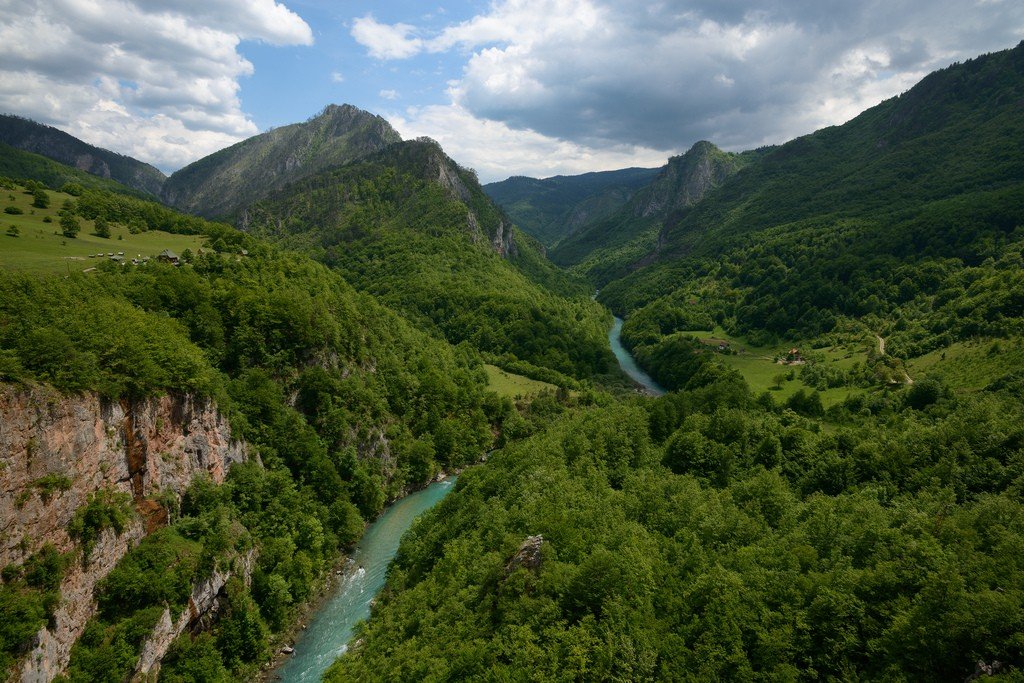
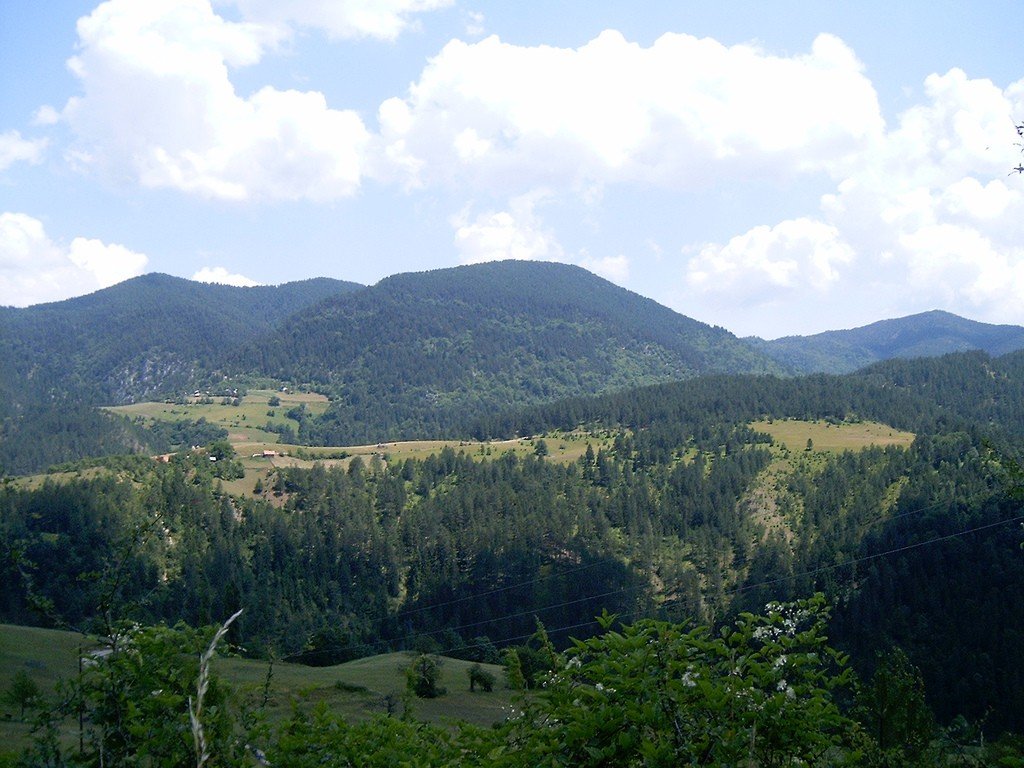
Video: Tara National Park
” title=”YouTube video player” frameborder=”0″ allow=”accelerometer; autoplay; clipboard-write; encrypted-media; gyroscope; picture-in-picture; web-share” allowfullscreen> Contents- Highlights
- Plant life
- Animals
- Cultural and Historical sights
- What to do
- Where to stay
- How to get there
Highlights
Tara National Park was formed in 1981. Nowadays, it covers an area of 22 thousand hectares and is a popular winter and summer recreation area in Serbia. According to legend, the Tara Mountains were named after the Slavic god who came to live in these places. The highest point of the massif, Koza Peak, is 1544 meters high, while the average height of the reserve reaches 1000-1200 meters. The picturesque Drina Canyon is surrounded by cliffs 1000 meters high and is considered the third deepest canyon on the planet.
.The national park is open to visitors all year round. It has two visitor centers, located in the settlements of Baina Bašta and Mitrovac, which are open from 9.00 to 14.00. Here you can find out information about the nature of the Tara mountain range, the local climate, protected species of plants and animals, get a tourist map of the reserve, see thematic exhibitions and buy souvenirs..From May to October, when the flow of tourists increases, an additional checkpoint is opened on the shores of Lake Perucac, where you can pick up information booklets and buy fishing licenses. The staff of the tourist centers, in addition to Serbian, speak English well, and some also speak German and Italian.
.Plant life
After years of research on the flora of the Tara National Park, it was found out that 1156 species of vascular plants are found in its forests, which is about one third of all plants in Serbia. It is noteworthy that 76 species of the flora are endemics. On the mountain slopes, fir, spruce, pine, beech, maple, aspen and birch trees grow freely, while the most valuable are the areas of Balkan oak, black hornbeam and black ash.
Of great interest is the Serbian spruce, a tall, pointed tree that has survived glaciation since the Tertiary period. Serbian spruce trees grow up to 20-35 m, and in some cases even up to 40 m. It is an endemic species found only in Tara. The first descriptions of the relict spruce were made in 1875 by Serbian biologist Josif Pančić, so Serbs speak of this tree as “Pančiћeva omorica” or “Pančić’s spruce.”
.Animals
The mountains of Tara National Park are home to 53 species of mammals, 23 species of amphibians and reptiles, 19 species of fish and 153 species of birds. Blue falcons and gray eagles can be seen above the mountain tops. Chamois and European roe deer are subject to special protection.
.The park is home to the country’s largest population of brown bears. According to hunters, the coniferous forests are home to huge animals that weigh up to 300 kg, and the height at the withers – up to 2.5 meters. Curiously, the symbol of the Tara National Park is not the large animals, but the small panchiche grasshopper, which lives only in these mountains.
.Cultural and historical attractions
Tara National Park is known not only for the beauty of nature, but also for monuments of bygone eras. Many tourists visit the Raca Monastery founded in the XIII century, the hermitage of St. George, the Solotnik Fortress and the archaeological sites of Gradina and Orošac, where the ruins of ancient temples have been preserved.
>
Necropolises with ancient tombstones in Peručac and Rastiště are very popular. In addition, there are monuments of folk architecture in the reserve – wooden Dinaric huts made of thick spruce logs.
.
What to do
Wildlife lovers travel to Tara National Park. There are several hiking trails and three biking trails through the reserve. Cycling enthusiasts come here with their bicycles or rent cars at the park’s visitor centers. In winter, five ski slopes with a total length of 2 km are opened on the slopes of the mountains.
.
Many hunting enthusiasts are eager to get to the reserve. In the park you can buy hunting licenses for shooting wild boar, roe deer and chamois, hire guides and rent the necessary vehicles..
The rivers of the reserve are full of fish, so those who want to fish always leave with a good catch. In the reserve they catch salmon, trout, grayling, catfish, mustache and other species of fish. Fishing permits are bought at the visitor centers, at the checkpoint near Lake Peruchac or directly at the fishing spot from the security staff.
.
For children from 7 to 15 years old, a youth camp is organized in Tara Park in the summer. While on the reserve, young rangers learn basic wilderness survival skills and experience local attractions.
.
Where to stay
Most travelers come to the reserve for one day. Some travelers want to stay in the Tara National Park with an overnight stay or spend a few days in the mountains. For them, hotels and a hunting lodge are open in the reserve, while the Mitrovac health center is open for children. In addition, accommodation can always be rented from locals.
.The hotels have gyms, outdoor courts for volleyball, basketball, tennis, soccer fields and bowling. Some hotels have indoor swimming pools. There are no problems with eating in the park, as there are six cafes and restaurants in various locations.
.How to get there
Tara National Park is located in the municipalities of Užice and Bajina Bašta, near the Serbian border with Bosnia and Herzegovina. The reserve is 290 km from Niš, 254 km from Novi Sad, 180 km from Belgrade and 45 km from Užice. There are bus connections to Belgrade, Novi Sad, Užice and Bjelovar. In addition, the national park can be reached by car and train.
.